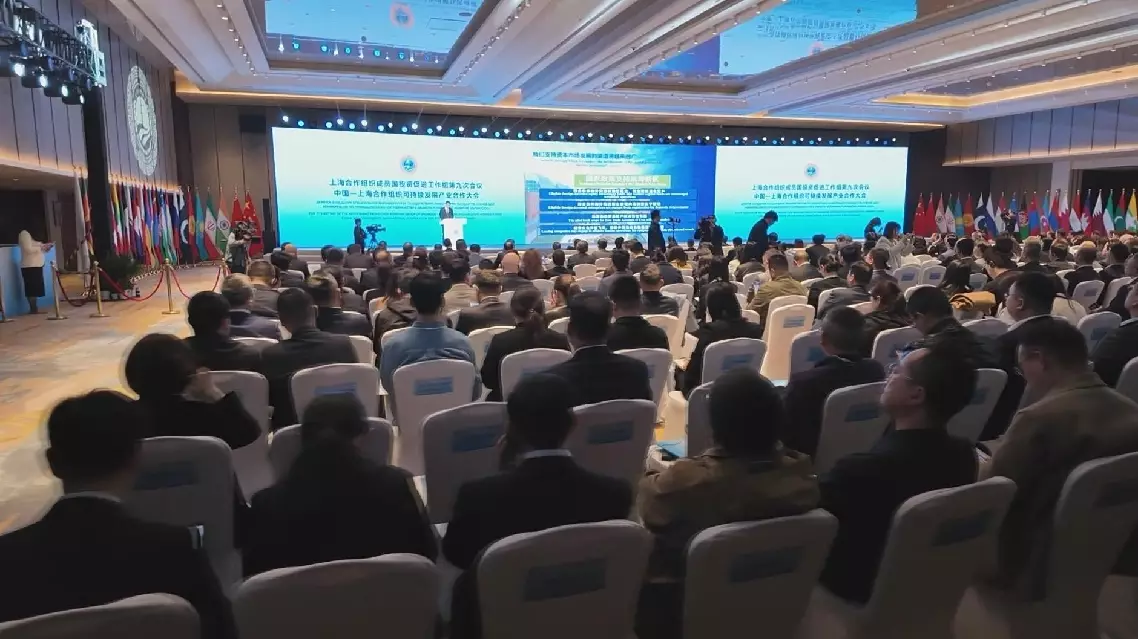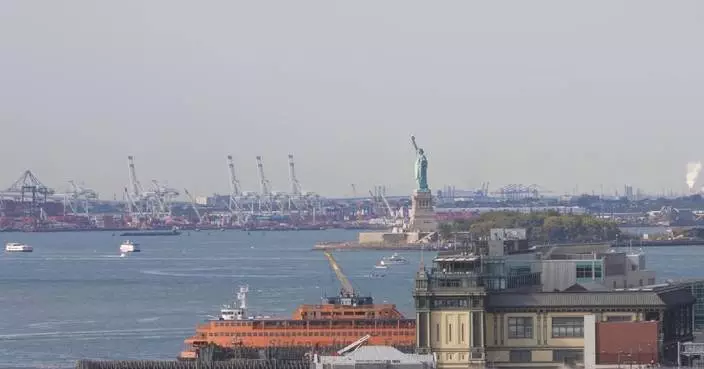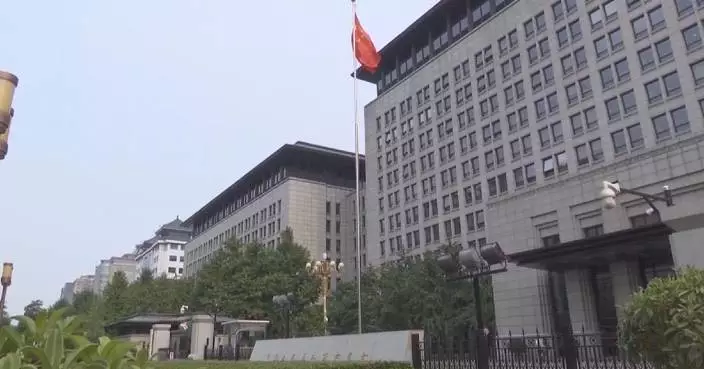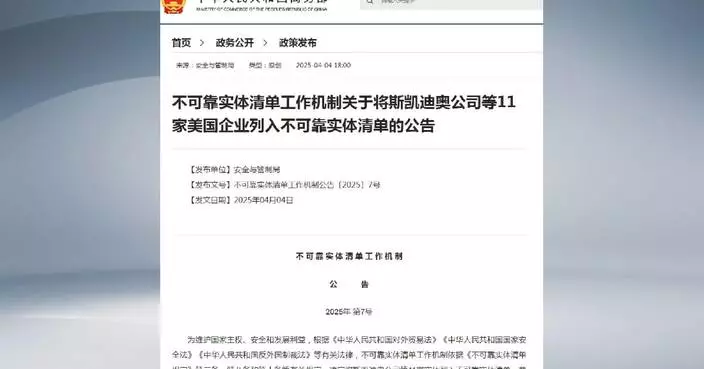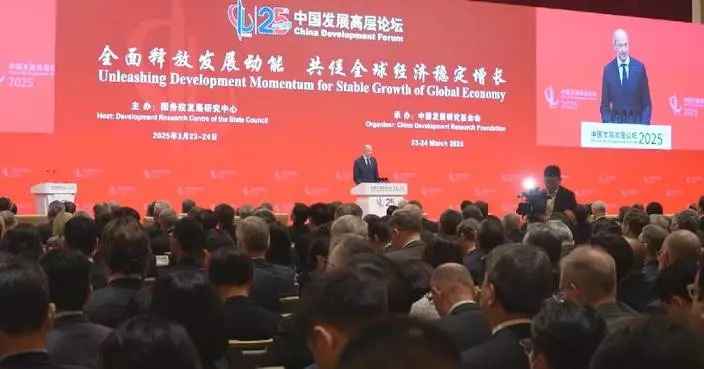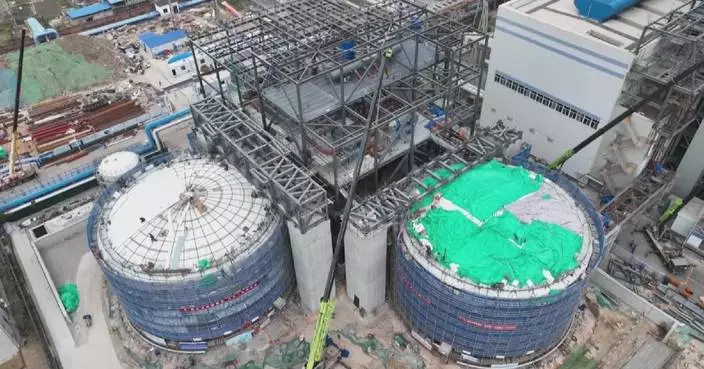The host country for the 2024 Asia-Pacific Economic Cooperation (APEC) Summit, Peru, has seen its agricultural industry grow exponentially in recent decades, with even more potential for expansion through APEC collaboration.
As the world's largest producer of blueberries and grapes, Peru's agricultural exports are one of the country's most significant economic drivers. While Peru has already captured a large share of markets in the United States and the EU, it has also emerged as a key exporter to Asia-Pacific countries such as China, which have shown enormous consumer demands since Peru joined APEC.
One of the key players in Peru's growing agriculture sector is Vivero Viñedo, a nursery specializing in grapevines for table grapes, of which Peru is the world's largest exporter. Established three decades ago, Vivero Viñedo has been instrumental in developing Peru's agricultural industry. The nursery produces over two million young grapevines annually.
At Vivero Viñedo, workers graft buds from one type of grapevine onto the rootstock of another to enhance resistance to pests and diseases. The grafted vines are then placed in a hothouse to encourage their growth.
"This is where the grafts make the process of callogenesis which means the binding between the bud and the rootstock and the sprouting of the primordial roots. This process lasts approximately 18 days at a constant temperature of 28 to 30 degrees centigrade and a humidity higher than 90 percent," said Denise Collantes, head of production of Vivero Los Viñedos.
In addition to grapes, Peru is the world's leading exporter of blueberries and asparagus, the second-largest exporter of citrus fruits and avocados, and the fourth-largest exporter of mangoes. The industry has grown rapidly over just two decades.
"We have a greenhouse climate, that allows us to harvest all year long. The advantage is that we can deliver grapes from October, November, December, then May, June - all year round," said Mercedes Auris, founder and managing director of Vivero Los Viñedos.
With the opening of the Chancay Port, a major infrastructure project in Latin America under China's Belt and Road Initiative (BRI), China's consumer demand for Peruvian fruits, especially blueberries and grapes, is expected to increase, particularly around Christmas and Chinese New Year. Auris is optimistic about the opportunities in China.
"Recently China was quite far away with very demanding standards and the shipping companies were a little complicated. But now with the port of Chancay where the travel times are going to be reduced will be a good alternative," said Auris.
At present, China is Peru's largest trade partner, largest export market, and largest source of imported goods, while Peru is China's fourth largest trade partner in Latin America. In 2023, their bilateral trade volume reached 37.691 billion U.S. dollars, representing a year-on-year growth of 0.8 percent, according to official data.
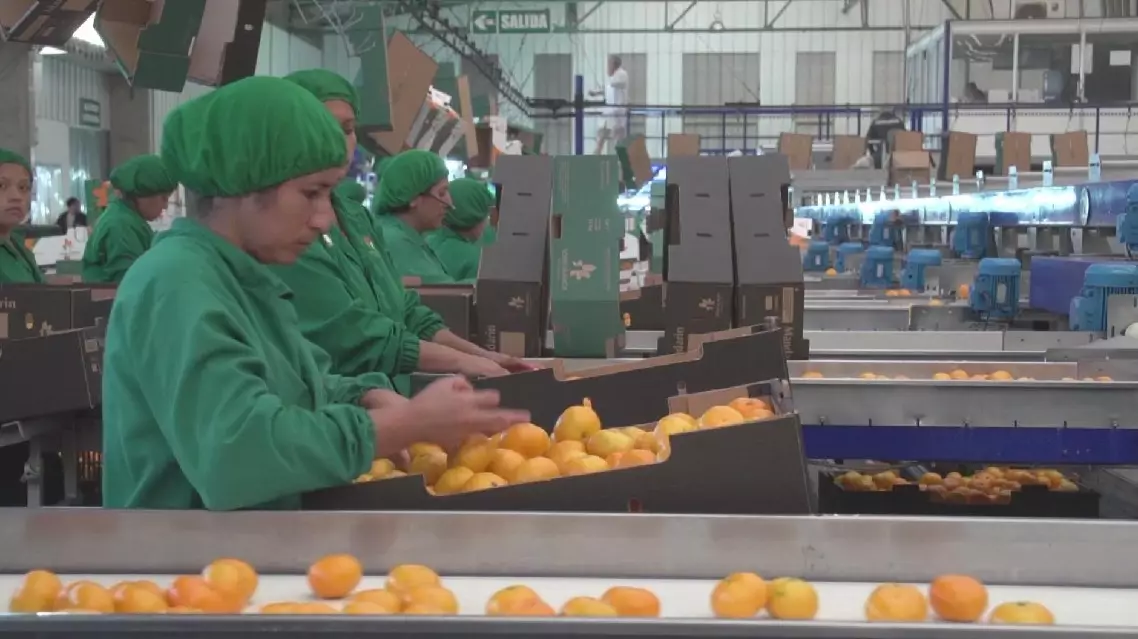
Peru's agricultural exports surge as APEC opens new opportunities



